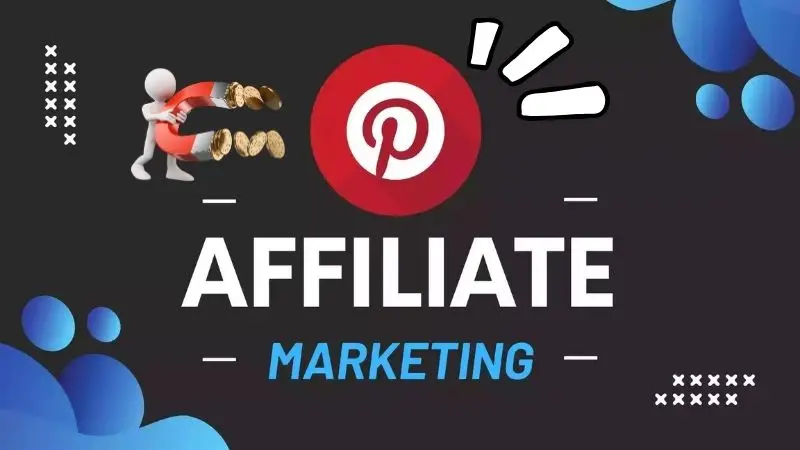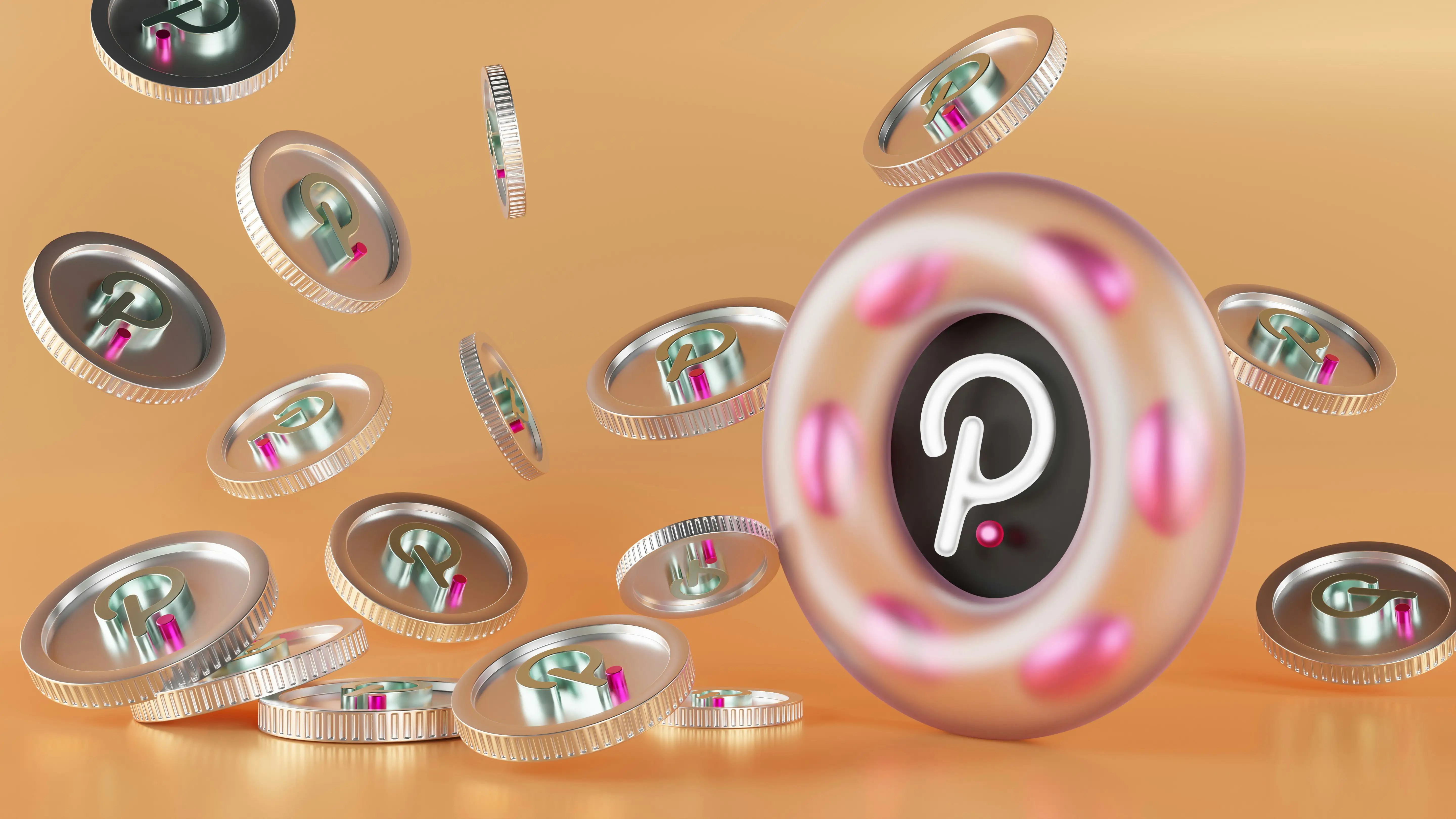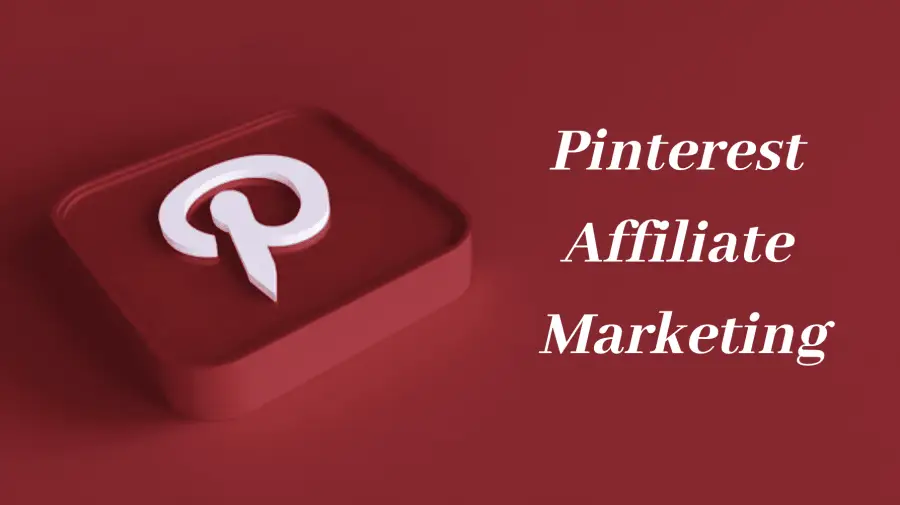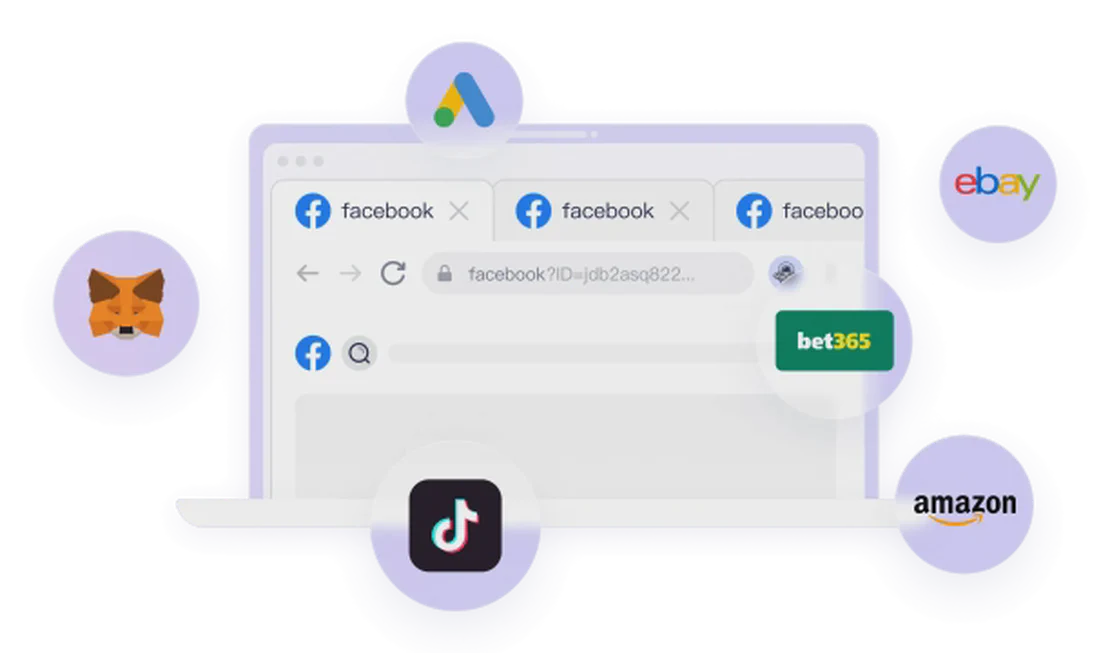Imagine a platform with 500 million monthly active users, 80% of whom are women. These users arrive with a strong intent to shop for inspiration or make a purchase. Yet, surprisingly, very few creators are dedicated to producing content specifically for affiliate marketing on this platform. What does this mean? It signifies a massive, untapped blue ocean market. This platform is Pinterest, and in 2025, it remains one of the best opportunities for beginners to establish a long-term passive income stream.
This isn’t a get-rich-quick scheme. As an experienced marketer emphasizes, it requires patience and persistence. However, its path is clear, replicable, and once successful, it will continue to generate income for you. This article will provide you with a detailed, step-by-step roadmap to build your own Pinterest affiliate marketing empire from the ground up.

Choose Your Niche - The Domain You’re Truly Passionate About
The foundation of success isn’t “what’s the most profitable,” but “what can you stick with for the long haul.” Before you begin, ask yourself: What field are you genuinely passionate about? Is it candle making, soap making, or fashion and clothing? Pinterest is a platform that values aesthetics and “inspiration” above all else, and purely commercial, dull content will struggle to stand out.
Choosing a niche you are passionate about is crucial because you will need to consistently create content for it. This passion will be the fuel that gets you through the long initial phase of “zero traffic, zero income.” The “golden rule” mentioned is this: It’s better to earn $100 in a niche you love than $1,000 in one you despise.
Select a vertical niche, not a chaotic mix of all affiliate products. For example, don’t post about carrots one day and haircutting the next. Your brand needs a clear aesthetic focus and content theme. When users visit your Pinterest profile, they should instantly understand what your account is about. For example, choosing “women’s hair care supplements” as an entry point was a smart choice because it pinpointed Pinterest’s core user group (women) and their high-will needs (beauty and health).
Build Your Media Brand Identity - Your Website is the Keystone of Trust
This is arguably the most critical and often overlooked step in the entire process. Why must you have a website?
- The “Passport” for Affiliate Approval: Top affiliate programs like Amazon Associates are more likely to approve applicants who have a professional, trustworthy personal website or blog. It proves you are a serious “media brand,” not a “spammer” just trying to make a quick buck. Without a website, your application might be rejected outright, or even if approved, you’ll face more scrutiny.
- Optimize User Experience and Conversion Rate: Directly posting affiliate links on Pinterest is a suboptimal strategy. You should aim to attract users with your compelling Pin and have them click through to your website. On your site, you can write in-depth product reviews, how-to guides, and informational articles, turning a “curious browser” into a “trusting buyer.” Within these articles, you can strategically embed affiliate links (e.g., a prominent “Buy Now” button), which has a conversion rate far higher than a cold, raw link.
- Establish Brand Authority: Your website is your “digital headquarters.” By consistently posting high-quality content, you can slowly build your expertise and authority within your niche. Users will trust your recommendations because they trust you.
Fortunately, thanks to AI technology, building a professional website has never been easier. For example, Hostinger, whose AI website builder can set up a basic framework for you in just 15-20 minutes. You simply need to input your brand name (e.g., WyomingNaturals.com) and a description, and the AI will generate a foundational site with a homepage, about page, and a resources page.
Key Tip: Always use a credible top-level domain like .com. Avoid extensions like .xyz or .biz, as this significantly reduces user trust.
Find and Vet High-Value Products - Balance Commission and Search Volume
Once your brand and website are set up, you can start looking for products to promote. The most common mistake beginners make is focusing solely on the “commission rate.” A 10% commission sounds great, but if the product costs only $10, you earn just $1 per sale. Conversely, a 3% commission on a $100 premium supplement earns you $3 per sale.
Therefore, your strategy should be: High-ticket product + Stable affiliate program.
- Primary Platform: Amazon Associates: You can find virtually any physical product you can imagine, and its credibility is unmatched. While the application requires some finesse (like having a website), once you’re in, you can promote millions of products and earn relatively stable commissions based on sales. Look for highly-rated, well-reviewed products with reasonable prices in your chosen niche.
- Secondary Platforms: Impact.com and PartnerStack: If the brands you want to promote (software, fashion, large retailers) don’t offer an affiliate program directly on Amazon, then affiliate networks like Impact.com and PartnerStack are your best bet. They aggregate thousands of brands, allowing you to find and apply for dozens of relevant affiliate programs in one place.!

Create Content That Drives Traffic - The Art and Strategy of the Pin
Now, everything is ready, and the most exciting part begins: content creation.
Pinterest is a visual-driven platform, and your Pins are your advertisements. Recommends two powerful tools:
- Canva (for Graphics): Used to create all static, image-based Pins. Whether it’s a logo, an infographic, or an eye-catching title and cover, Canva can handle it with ease. It provides Pinterest-specific size templates, ensuring your work looks professional from the start.
- Veed.ai (for Video): Used to create dynamic, video Pins. You just need to input a simple command (e.g., “Create a 30-second video about rosemary oil for hair growth”), and AI will generate a complete video with narration, visuals, and captions. This dramatically lowers the barrier to video creation, making your content more diverse and more favored by the algorithm.
Content Publishing Strategy:
- Quantity Trumps All In The Beginning: In the first week, plan and publish 20-30 Pins focused on your core product. This isn’t about speed, but about proving to Pinterest’s algorithm that you are an “active, authentic creator.” Stick to posting 1-2 Pins every day consistently for months, or even a year, and you’ll see your profile grow like a snowball, with traffic and impressions accumulating over time.
- Keywords Are King: In your Pin titles and descriptions, don’t skimp on keywords. This is a “high-intent” search platform. When a user searches for “rosemary oil for hair growth,” your Pin’s title, description, and even the text on the image should cleverly incorporate this keyword. You can use ChatGPT to help you write long-tail descriptions packed with various keywords.
- Induce Clicks: The copy and image of your Pin should be designed as a “hook” to spark curiosity, making users want to “tap to learn more.” The ultimate goal is not for them to buy directly on Pinterest, but to get them to click the link to your website, where they can dive deeper into your content and complete the purchase.
From Single Success to Matrix Operations - The “Moat” for Safe Expansion
Congratulations, if your “Wyoming Naturals” brand starts to find success, generating stable traffic and revenue. But the real opportunity lies in replication. When an individual can successfully operate one brand, they have the potential and methodology to operate ten, or a hundred, more brands.
You can create multiple brands like “Montana Skincare” and “Colorado Fitness,” each occupying a niche. This is the shift from an “employee” mindset to an “entrepreneur” mindset. However, scaling comes with enormous risks:
- Matrix Account Detection and Bans: Whether on Amazon, Impact, or Pinterest, platform risk control systems are constantly upgrading. Once they detect through backend data (IP address, device fingerprint, browser cookies, behavioral patterns) that you are “operating multiple accounts in bulk,” they will flag it as “a marketing matrix.” At best, you’ll face reduced reach; at worst, all associated accounts will be permanently banned. You might lose all your efforts in one night after months or even a year of hard work.
- Operational Efficiency Bottlenecks: When you need to manage dozens of websites, hundreds of Pinterest accounts, and continuously create and post content for each one, labor costs will skyrocket, and your efficiency and passion will be quickly depleted.
This is precisely when a “strategic-level tool” becomes necessary. FlashID Fingerprint Browser exists to solve this core pain point. It is not just a multi-account management tool; it is the “cornerstone of security” and “efficiency multiplier” for building and defending your business empire.
With FlashID, you can create a completely separate, private operating environment for each niche brand (e.g., Wyoming Naturals and Montana Skincare). Each environment has its own independent IP address, browser fingerprint, cookies, and digital identity. This means:
- Absolute Risk Isolation: Even if one brand suffers due to market changes or an operational mistake, your other business matrix will remain unharmed, avoiding the catastrophic blow of a “domino effect.” This provides the most fundamental security for building a truly resilient business empire.
- The Foundation for Scalable Operations: You can safely and compliantly manage a matrix of dozens or even hundreds of accounts, no longer holding back out of fear of being “associated and banned.” You can test different markets, products, and strategies in parallel, find the fastest-growing model, and replicate it quickly.
- RPA Automation Empowerment: FlashID’s built-in RPA (Robotic Process Automation) functionality can help you automate tedious publishing tasks. You can plan your content for a week in advance, set the schedule, copy, and tags for each account, and let the RPA bot execute the posting tasks for your accounts in different environments. This will greatly free up your time and energy, allowing you to focus on higher-level strategies and creativity.
On the track of Pinterest affiliate marketing, the difficulty of scaling “from 1 to 10” is far greater than “from 0 to 1.” FlashID is the most solid “moat” equipped for you to safely and efficiently complete this journey of expanding “from 1 to N.”

Frequently Asked Questions (FAQ)
Q: Do I really need to be passionate about my niche? Can’t I just focus on the highest profit?
A: Passion is crucial because you likely won’t see any income for the first few months. Without it, it’s very difficult to persist in creating content, optimizing, and posting daily, which will ultimately lead to the project’s failure. High-profit niches are often also much more competitive.
Q: Why is a website absolutely necessary? Can’t I just post affiliate links directly on Pinterest?
A: No. Firstly, many affiliate programs (like Amazon) require you to have your own website to apply. Secondly, posting raw links on Pinterest provides a poor user experience, can be flagged as spam by the platform, and has a much lower conversion rate than guiding users to your website through in-depth content.
Q: I have zero technical skills for building a website. Will it be very difficult to start from scratch?
A: Not at all. Using AI website builders from platforms like Hostinger or Wix, you can create a professional, basic website in 15-30 minutes with no coding knowledge required. The remaining work is just filling in content and brand design.
Q: How do I find high-commission, good products? Is Commission Junction (CJ) any good?
A: Prioritize Amazon Associates for its high credibility and massive product library. Next are Impact.com and PartnerStack, which aggregate a large number of brands in software, fashion, and other sectors. The CJ mentioned in the video is now Rakuten Advertising, and it remains a top-tier affiliate network well worth joining.
Q: How many Pins should I post in the beginning? Is it better to post 100 a day or just 2?
A: Avoid posting too many in one day, as this will be flagged by the platform as bot activity or spam. It’s recommended to publish 20-30 related Pins in the first week, then maintain a steady pace of 1-2 per day for months. Consistency and quality are more important than bursts of activity.
Q: Are Canva and Veed.ai mandatory? Are there any free alternatives?
A: They are not mandatory, but they can dramatically improve your efficiency and content quality. Canva has a very capable free version. Veed.ai also has trial periods or low-cost plans. You can also film and edit videos directly with your phone or use free video templates to create Pins.
Q: If I do this for three months and get zero followers and zero clicks, should I give up?
A: Don’t give up. This is completely normal. Pinterest is a platform that requires long-term accumulation. You need to persist for at least 6 months, constantly analyzing which Pins are popular and which are not, and adjusting your strategy based on the data. Analysis is the key to progress.
Q: When my first brand is successful, and I want to launch a second, what’s the biggest risk?
A: The biggest risk is account association. Platforms will detect similar behaviors across accounts logged in from the same IP, device, and environment. Once deemed “one person operating multiple accounts,” they will issue a collective ban. This is a fatal blow that can destroy your entire business model.
Q: How does FlashID help me avoid the risk of “account association,” and what’s its working principle?
A: FlashID creates a completely separate “digital identity” environment for each account, with its own unique IP, browser fingerprint, etc., making it impossible for the platform to recognize the connection between them. It’s like assigning a completely separate “employee” to each brand, with their own computer and network.
Q: Besides account management and publishing, how else can FlashID help my affiliate marketing business?
A: It can also help with batch logins across accounts and automated management, and use its RPA functionality to implement cross-platform automated promotion tasks (e.g., automatically fetching trending titles, auto-posting to different social media), saving you time and labor costs across the board and achieving true “automated” passive income.
You May Also Like
